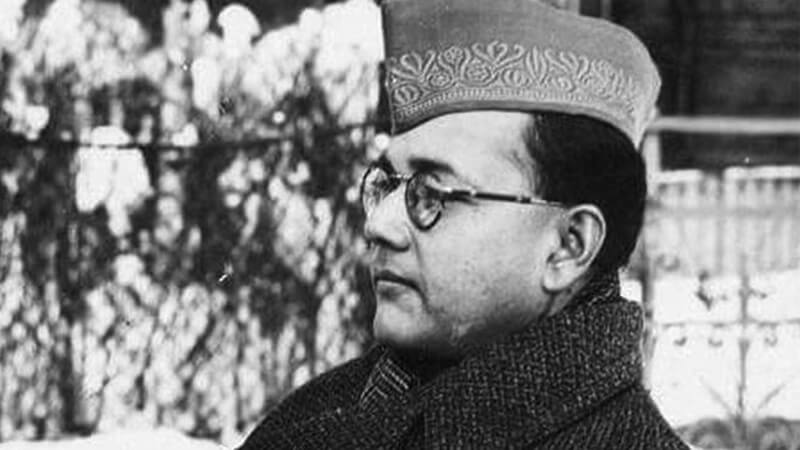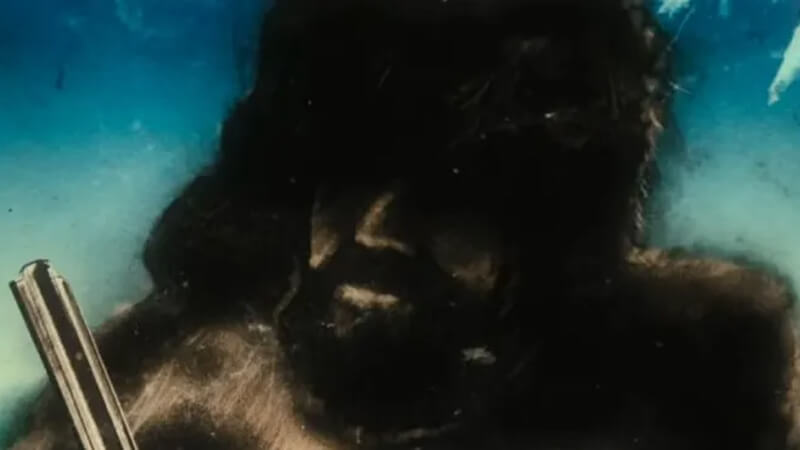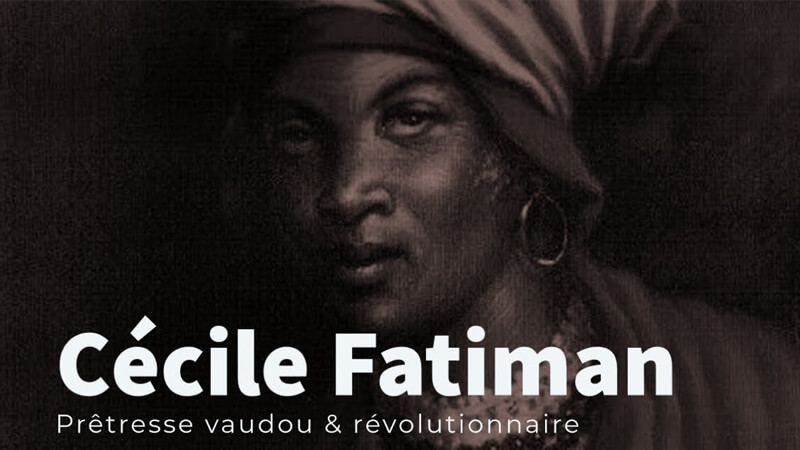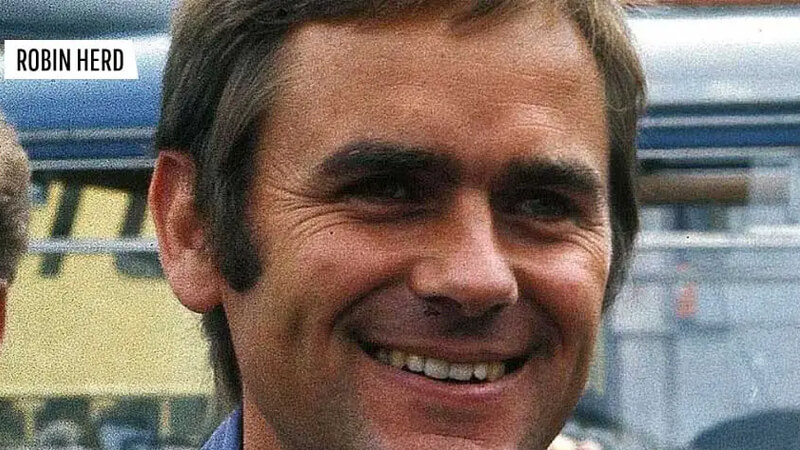Biography of Subhas Chandra Bose:- Indian nationalist leader. Known by the nickname “Netaji”, which in Hindi means “respected leader”, during the 1930s and 1940s he represented, within the Indian independence movement, the party tendency of armed rebellion, against the strategy of peaceful civil disobedience of Gandhi.
Biography of Subhas Chandra Bose
- Born:- 23 January 1897, Cuttack, India
- Died:- 18 August 1945, Taipei, Taiwan
- Spouse:- Emilie Schenkl (m. 1937–1945)
- Education:- Scottish Church College(1918)
- Parents:- Janakinath Bose, Prabhavati Devi
From a wealthy family of lawyers in Bengal, Subhas Chandra Bose studied higher education at the Presidency College in Calcutta, from which he was expelled in 1916 because of his political activism. He later entered the Scotish Churches College in the same city, where he graduated in 1919.
See Also: Biography of Vasco Da Gama
Shortly afterwards he was sent by his parents to the prestigious University of Cambridge (United Kingdom), to prepare him to enter the colonial administration service.
In 1920 he passed the entrance examination in the body of British officials, but resigned his place to hurry back to India, attracted by the news that came to him about the outbreak of independence revolts throughout the country.
In 1921 it was finally incorporated to the colonial administration, but its implication in the independence agitation caused its first arrest that same year.
In spite of the obstacle that his political militancy supposed for his race, Bose counted on the unconditional support of his older brother, the rich lawyer of Calcutta Sarat Chandra (1889-1950), a prominent member of the Congress Party, the independence organization that Gandhi had converted In a general movement of opposition to the British colonial regime through the strategy of civil disobedience.
With the support of his brother, Bose joined the Party and soon gained the confidence of Gandhi, who put him to work with Chitta Ranjan Das, Bengal’s congressional leader. In principle he worked as an instructor of young nationalist militants and as commander of the organization’s civilian volunteers, while publishing his first journalistic articles.
In 1924 he was appointed councilor of the city council of Bengal, who presided over Das. But, accused by the British authorities of maintaining contacts with clandestine revolutionary organizations, he was deported to Burma and released three years later.
Das’s death, meanwhile, led to the party’s disorganization and division in Calcutta because of internal quarrels. Upon his return to India, Gandhi entrusted him with the reorganization of the movement in Bengal, whose section in the Party was elected president.
At the beginning of the campaign of non-violent civil disobedience in 1930, led by Gandhi, Subhas Chandra Bose was again imprisoned. Released temporarily, he was again put in prison for a year.
He was only allowed out of prison to undertake forced exile in Europe. During the time he traveled the continent he sought to reclaim the support of Western governments for Indian independence and wrote his book The Struggle of India, 1920-1934 .
In 1936 he was able to return to his country, but remained for a year in police custody. Two years later he was elected president of the Indian National Congress. One of its first actions as such was the organization of a national planning committee in charge of designing an economic program of modernization and industrialization for India.
In this way the political differences that separated him from the Mahatma Gandhi, whose peaceful civil disobedience strategy was considered insufficient, began to be made public.
Bose was in favor of the armed struggle against the British and, unlike Gandhi, considered that the accelerated industrial takeoff would be beneficial for the future of the country.
In 1939 managed to defeat in the elections to the presidency of the National Congress the candidate of Gandhi. But the lack of support from the prestigious independence leader left him incapable of acting within the Party and forced his resignation.
Bose founded the Bloque Adelante, in an attempt to group the most radical elements of Indian nationalism, but his project was truncated when he was again jailed in 1940. In prison he began a fast that threatened to keep to death if he was not released.
The British authorities, fearing that Bose’s death would worsen the political situation in India, decided to release him.
Although he remained under close police surveillance, on January 26, 1941 he managed to escape, disguised, from his home in Calcutta. In April of that year he arrived in Germany, after a random trip that took him to Kabul and Moscow.
The Nazi regime welcomed him as an enemy of Britain and made available to him the means of the recently created Special Office for India, led by Adam von Trott.
Together with other exiled compatriots, he organized in Berlin the Azad Hind Radio (German National Radio), which, since January 1942, issued in English, Bengali, Tamil, Hindi and other languages of India.
Through his microphones Bose reported on the actions of Indian independence and colonial repression, while conducting a propaganda campaign in favor of violent methods against the British.
In 1943, the Japanese invasion of Southeast Asia encouraged their expectations of forcing the British exit by taking the war to Indian territory. In May of that year it was in Tokyo, where it had arrived traveling in planes and submarines German and Japanese.
On July 4 he proclaimed the Indian Independence Movement in East Asia. With Japanese support he began to organize an army of 40,000 Indian men and women, recruited in Southeast Asian countries occupied by Japan.
On 21 October, he established an independent provisional government in Rangoon (Burma), from which he assumed the presidency, and gave orders to advance the Indian National Army (Azad Hind Fauj), supported by Japanese troops.
On March 18, 1944 Bose’s army penetrated into India, addressing Kohima and Imphal. In the plains of Imphal a bloody battle took place in which the nationalist and Japanese troops, without the promised support of the Japanese aviation, suffered a severe defeat and were forced to retreat hastily towards Burma.
There the army raised by Bose survived some time like force of liberation of India, happening later to Indochina. But the defeat of Imphala plunged Bose, whose fate had been tied to that of the defeated in World War II
Subhas Chandra Bose died shortly after the surrender of Japan, on August 18, 1945. The circumstances of his death remain obscure.
According to official reports from Tokyo, he died at a Japanese field hospital in Taipei (Taiwan) as a result of injuries sustained in an aviation accident.




